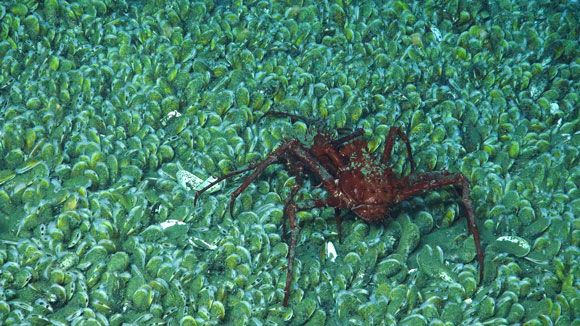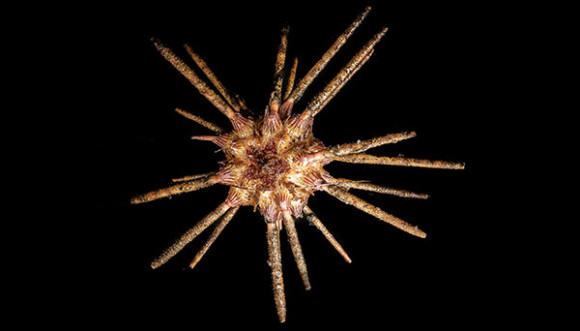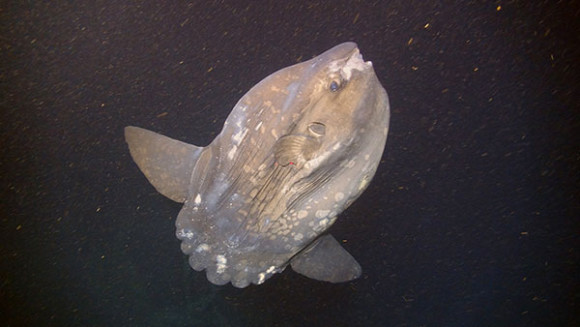On May 8, 2013, NOAA scientists discovered a new deep sea community off the coast of Virginia in the Atlantic Ocean. The community consisted of shaggy, white patches of bacteria, dense clusters of chemosynthetic mussels and other organisms including crabs, sea cucumbers and fish. It is one of only a few known deep sea communities that exist along the U.S. Atlantic coastline.
Deep sea communities are fascinating because they are made up of organisms that are able to thrive in complete darkness. Many ecological communities on Earth rely on sunlight and the process of photosynthesis for food. In contrast, deep sea communities get their food from the process of chemosynthesis, which is driven by the chemical energy released from bacteria as they metabolize substances like sulfides and methane seeping from the seafloor.



The new deep sea community off the coast of Virginia was first detected in 2012 when NOAA scientists observed gas bubbles rising from the seafloor about 147 kilometers (91 miles) east of Cape Henry, Virginia. This is near the area of the Atlantic Ocean where the continental shelf plunges into the deep sea. In 2013, they decided to go back and investigate.

With the use of a remotely operated vehicle (ROV) called Jason, NOAA scientists collected photographs and samples of the seafloor near the seepage site at a depth of 1,600 meters (1 mile). At the site, they found shaggy, white patches of bacteria, dense clusters of mussels and other organisms including crabs, sea cucumbers and fish. The mussels were the dominate type of organism present in the deep sea community. According to NOAA, these mussels harbor specialized bacteria in their gills that use methane to make energy.


The new deep sea community is one of only a few known to exist along the U.S. Atlantic coastline. The best known seepage community is located off the South Carolina coast at a depth of approximately 2,500 meters (1.6 miles). During the 2012 NOAA cruise, three other potential seepage areas were identified, but they have yet to be explored.
Bottom line: On May 8, 2013, NOAA scientists discovered a new deep sea community off the coast of Virginia in the Atlantic Ocean. The community consisted of shaggy, white patches of bacteria, dense clusters of chemosynthetic mussels and other organisms including crabs, sea cucumbers and fish.
Water-rock reactions may sustain life below Earth’s oceans, or on Mars
Tiny crustaceans play a big role in protecting seagrass beds











